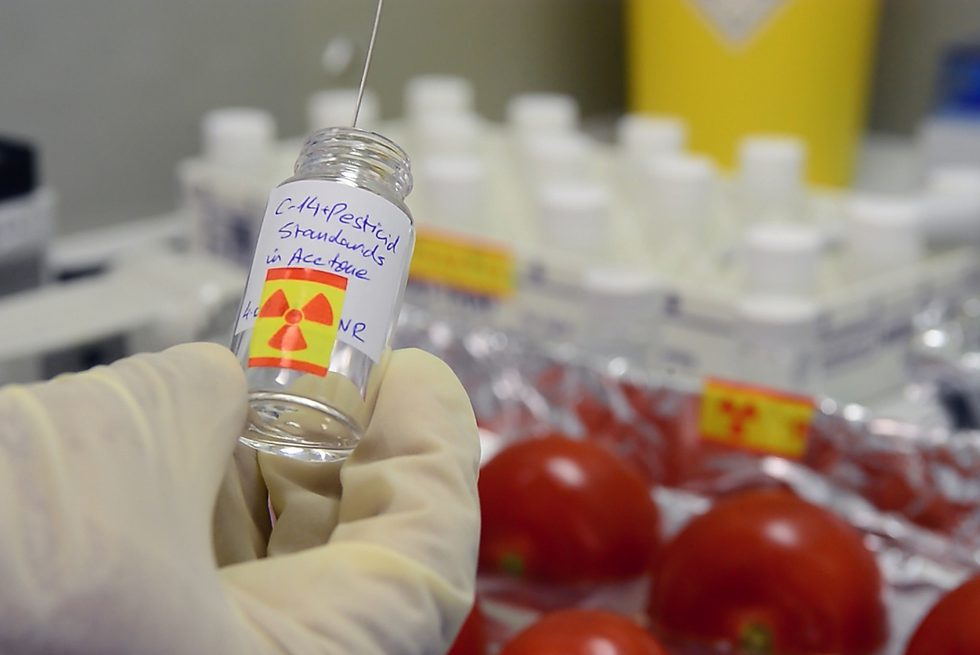Food: Provocation
From the Series: Food
From the Series: Food

Over the past decade or so, the study of food has exploded. Students are clamoring to get into courses that have the term “food” somewhere in their name, conferences are jammed with paper sessions on food (I counted well over 200 papers with food as a keyword at my last disciplinary conference), journals that publish food-related research are back-logged, and many colleges and universities are rushing to put together dedicated interdisciplinary food studies programs. The very existence of this particular “field note” for this website speaks to this phenomenon. No doubt this interest has been fueled by the manifold and multi-scalar social and ecological crises in food production, distribution, and consumption that have plagued recent history. I would contend that it also owes to widespread popular fascination with all things food-related and, let’s face it, the hope that the research/study itself will somehow incorporate the pleasure of eating, even if only virtually. From my own research and teaching, I can attest that many of the forms of activism around food that have proliferated recently (school gardens, food education programs, urban farms) are undergirded by activists seeking pleasure in gardening, cooking, and eating and wanting to pass those pleasures on to others.
All of this is taking place as if “food” as an object of study speaks for itself, as if we all know what we mean when we refer to food studies. But consider the very disparate ways in which scholars approach food. Some of what goes under the name of food studies can be quite descriptive, even effusive – such as a paean to a particular meal in off-beat diner - or a to a mid-summer freshly picked peach. Conversely, some scholarship isn’t about food per se; rather food serves as a vehicle to explore broader questions, for example, the politics of urban redevelopment, histories of colonialism, or the creation of café culture in the developing world. Methodologically, what goes as food studies is wide-ranging, from political economy analyses of global food supply chains, to histories of particular commodities, to archeological studies of early human diets, to cultural studies of foodways and food texts (e.g., cookbooks), to spatial analysis of neighborhood food availability, to participant-observation of food-oriented social movements, to efficacy studies of dietary education, to nutrition science itself.
What is food? I’m struck that the rapid growth of food-related research and teaching is oddly inattentive to this core question. As an interloping geographer I say that to an audience of anthropologists with real hesitancy, knowing that food has been central to the discipline since its inception and that many in the field have used food and food practices to think about how various social boundaries are made, or alternatively breeched. Still, it seems to me that the question of what exactly bounds food itself as an object has largely been ignored in contemporary food studies. And yet, it is this question that lies at the heart of many of the ethical, aesthetic, cultural, and political debates about the future of food. Genetically modified corn, soil (now used in high-end restaurants), in vitro meat, pink slime, vitamin-fortified water, hemp seed oil, monosodium glutamate, processed nutritional supplements, zero-calorie foods, and even packaged snack foods are all substances that in different ways test the boundaries of what constitutes food. Moreover, many communities of practice – for example molecular gastronomy, the “real food” movement, food science – in some sense exist to police or redefine these boundaries. I would posit further that the contestation among these different communities generally turns on the privileging of or disdain for various biological, cultural or technological elements of food. For instance, slow foodies may privilege cultural heritage and accept only artisan technologies, while food scientists may privilege what is digestible and nominally nutritious and downplay the cultural “yuck factor” of particular food inventions such as cultured meat.
So, what would food studies look like if “what is food” became a more central question? Would it unify the field, or bring realization that we’re all doing very different things? Would it make clearer the distinctions between descriptive, analytical and normative approaches, the last indicated by “sustainable food” as a field of inquiry? Would it bring more attention to knowledge practices, knowing that what is known, how it is known, and whose knowledge counts are immanent in a variety of issues of contemporary concern about food (consider food sensitivities and allergies, for example)? Would it broaden our research to other sites and contexts, beyond say, fields and dinner tables to labs and dietary primers? Would it challenge some of the intense moralism that has prevailed in many approaches to food studies, as evident in the recurring “what to eat” messaging? Perhaps I am missing something, and what is food is already being asked and answered, particularly in cultural anthropology. Still, I wonder what a more cross-disciplinary investigation of this topic could generate, and how it could shape public conversations about the future of food.